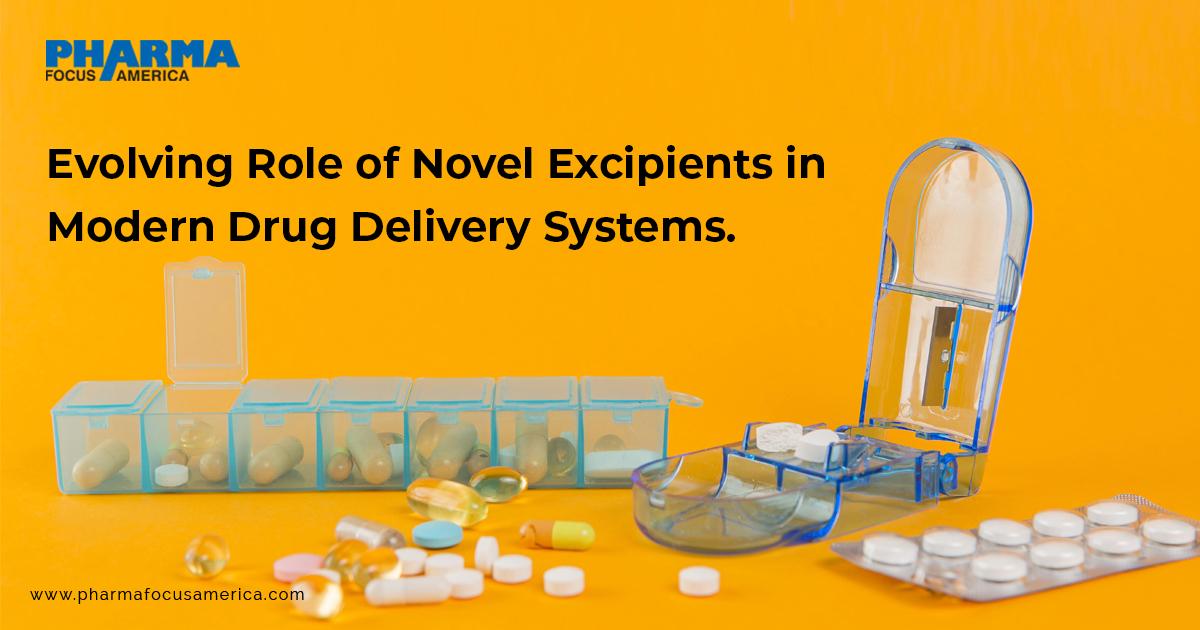Notifications
4 minutes, 14 seconds
-18 Views 0 Comments 0 Likes 0 Reviews

Novel excipients are quickly important to overcome formulation challenges in advanced drug distribution systems. Despite regulatory obstacles and unclear definitions, their role is expanded in improving stability, solubility and bioavailability. This article examines the most important application challenges and shows successful examples, showing the increasing importance of stimulating innovation in drug development by 2025.

Pharmaceutical excipients are involved in a drug formulation that is not entitled to medical activity but plays an important role in ensuring effective distribution, stability, and production of active pharmaceutical ingredients (APIs). As defined by the Pharmacopeia in the United States, the materials that are deliberately added to drug products and have been evaluated for security.
In recent years, the increasing complexity of drug molecules has faced more and more formulation challenges, causing demand for new and more functional excipients. These novels are necessary to support the development and production of advanced drug distribution systems. However, it is not clear to define what a 'new excipient' is, and there is still no standalone regulatory approval route for such ingredients. This lack of clear guidance prevents widespread adoption and integration.
Despite these regulatory and practical barriers, many new excipients have been used in modern medicines. This article examines some current challenges related to his application and highlights the examples where they have added value to advanced drug distribution systems.
New excipients are quickly becoming important to improve the distribution of drugs, but their adoption is difficult to use. These ingredients, although inactive, can increase how a drug is absorbed or released. However, if they have a lack of sufficient safety data for the proposed dose, period or use of use, they are considered 'new' under regulatory definitions.
Many types of new excipients have emerged, including new chemical structures, co-processed materials, modified versions of existing excipients and former substances used in food or veterinary applications. Others include materials produced using different sources or processes, or novels are suitable for administrative routes. This innovation provides benefits, but they also provide challenges.
One big question is that the market takes time to accept new excipients. While such materials can be developed and quickly launched, the adoption is slow. This delay limits commercial benefits and exclusivity periods for manufacturers investing in them.
Pharmaceutical companies are often cautious due to growth and regulatory risks. Security problems mean that further testing is needed, often expanded as a placebo to assess possible side effects with additional clinical test groups. There is also uncertainty about approval of the authorities, which cannot be confirmed until a complete drug application is reviewed. Even known excipients used in high doses or through new routes can be regarded as 'new' by regulators.
To reduce these risks, manufacturers usually prefer to use excipients already listed in the Inactive Ingredients Database of the FDA (IIG), including only pre-approved, known levels of use and specific administrative routes. Similar practice exists in Europe and Japan, although these regions do not have publicly available IIG colleagues.
Discover more: https://www.pharmafocusamerica.com/research-development/evolving-role-of-novel-excipients
pharma focus america pharmaceutical industry modern drug delivery systems Novel Excipients

